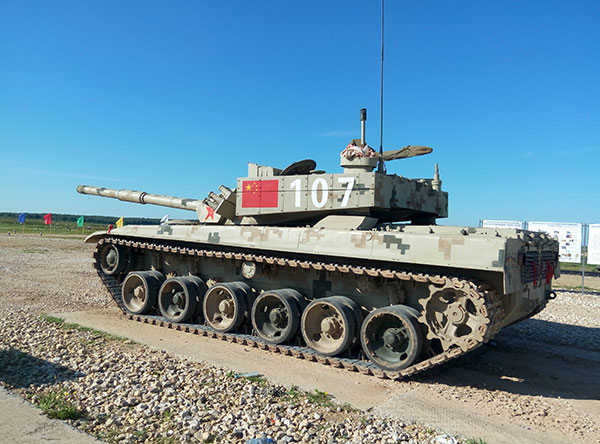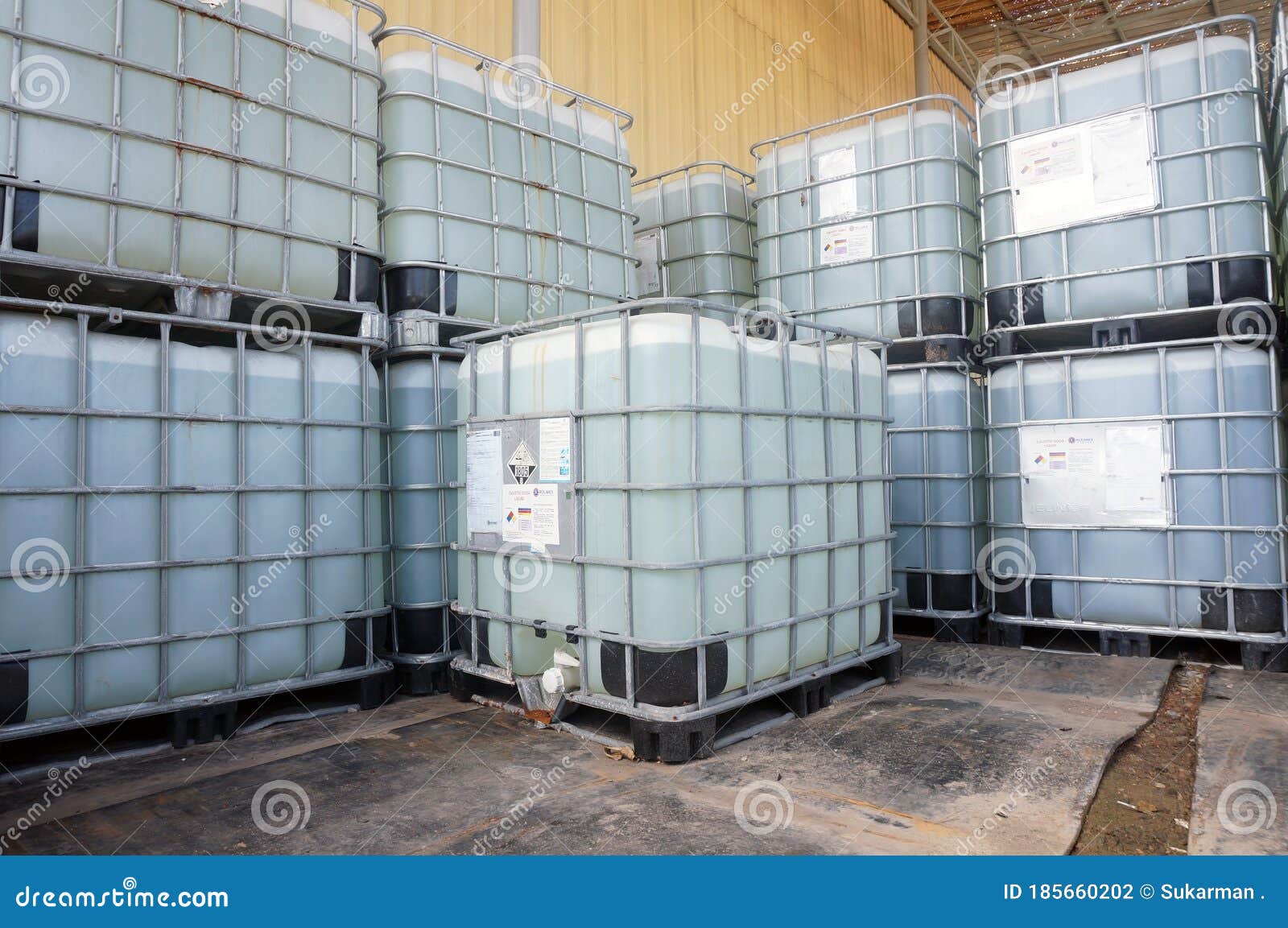

The characteristic of a particular gasoline blend to resist igniting too early (which causes knocking and reduces efficiency in reciprocating engines) is measured by its octane rating, which is produced in several grades. The product ratio depends on the processing in an oil refinery and the crude oil assay.

gallons or about 159 liters), about 19 to 20 gallons of gasoline 11 to 13 gallons of distillate fuel (most of which is sold as diesel fuel) and 3 to 4 gallons of jet fuel. refineries produce, from a barrel of crude oil (42 U.S. It consists mostly of organic compounds obtained by the fractional distillation of petroleum, enhanced with a variety of additives. Gasoline ( North American English / ˈ ɡ æ s ə l iː n/) or petrol ( Commonwealth English (except Canada) / ˈ p ɛ t r ə l/) (see § Etymology) is a transparent, slight yellowish petroleum-derived flammable liquid that is used primarily as a fuel in most spark-ignited internal combustion engines (also known as petrol engines). Gasoline A gasoline can A typical gasoline container commonly referred to as a gas can in the U.S.

For other uses, see Petrol (disambiguation).


 0 kommentar(er)
0 kommentar(er)
